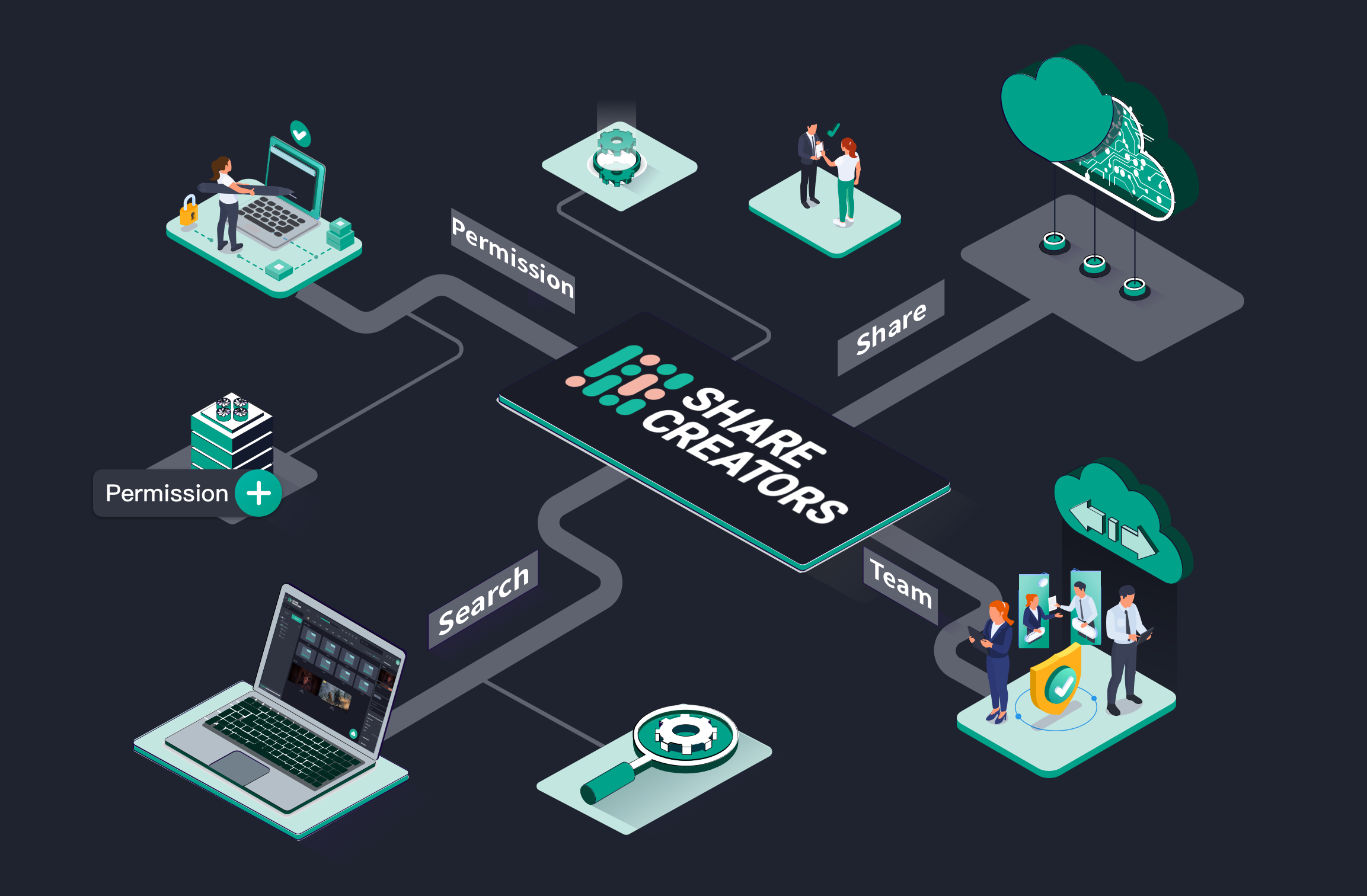Discussing Digital Asset Accounting: Can Files and Data Be Considered Fixed Assets for a Company?
When data becomes a digital asset can it truly play a crucial role as a productive factor? Ministry of Finance issued the 'These regulations apply existing accounting rules to digital assets, providing standards and guidelines for the accounting of digital assets. The so-called 'data on the books' refers to adding digital assets to the balance sheet, recognizing 'data' as an asset in the balance sheet, reflecting its real value and business contribution in the financial statements.
For enterprises, it is possible to reflect various forms of data assets, such as documents, images, tables, videos, and audio, in their financial statements. In registration information, apart from real estate, office facilities, and specialized equipment, digital assets such as patents, IP, and digital assets can also be registered, similar to bank deposits, fixed assets, and foreign investments, thus increasing profits and shareholder returns. As part of fixed assets, companies can engage in commercial activities such as loans.
Blueberry Modern Way To Share data
Some traditional enterprises have not undergone digital transformation and don't even have data, so they cannot discuss digital asset accounting. Thus, digital transformation is imperative!
However, it should be noted that for an enterprise's various digital assets to be accounted for and create value, strict conditions must be met:
First, the enterprise must have clear ownership of the asset, often referred to as confirmation of rights.
Secondly, according to accounting standards for assets, it must be able to provide services externally or support internal use scenarios (in short, the value of the digital assets can be estimated), which requires orderly storage and clear regulations (structuring and cleaning of data).
This is similar to the logistics and storage of goods; clear ownership, reasonable storage, and exchange circulation are necessary to create value.
Market analysis believes that the issuance of these regulations is an inevitable result of the major trend of digital economy development. Enterprises can enhance the profitability and quality of their financial statements through this measure, further enhancing their capital and valuation.
Currently, the best practice globally is to use Digital Asset Management software to manage and distribute digital assets uniformly.
DAM management Software Tools
According to research by McKinsey: Top-notch digital asset management software can significantly enhance team collaboration, communication, search, and sharing efficiency, ultimately improving team productivity by 20%-25%.
Internationally, the application of DAM (Digital Asset Management) tools is already mature. In the North American market, DAM has been developing for over 20 years, with more than a hundred service providers. Over 65% of enterprises plan to or have already used DAM, and it has become a necessity in enterprise development plans, similar to ERP, CRM, and SCM as foundational digital tools.
As a leader in the digital asset management industry, Blueberry developed the revolutionary tool Blueberry, which helps businesses and teams intelligently manage digital assets, significantly improving efficiency in production workflows. Its key functions comprehensively enhance efficiency by 63%, far exceeding the industry average.
What can Blueberry do for digital asset accounting?
Blueberry has unified storage, automatic tagging, categorized management, and convenient retrieval functions, which can help enterprises in the full lifecycle of the workflow to reduce costs and increase efficiency, facilitating digital transformation.
The first step is unified storage and permission management:
Enterprises need to organize various scattered digital assets for accounting first. Then, filter out data that may have commercial value in the future.
You can use Blueberry as the enterprise's basic storage tool, with powerful functions making storage and management more convenient. New staff training, material accumulation, outsourcing cooperation, and orderly storage of example files are straightforward, solving the problem of asset isolation fundamentally and helping enterprises undergo digital transformation reforms.
Thanks to flexible and rigorous grouping and permission functions, the same project file can have different permissions, and different roles (clients, designers, quality control) can only see content relevant to them. This not only ensures data confidentiality but also clarifies ownership, maximizing asset security.
Blueberry management marketing assets
Using Blueberry to establish a team asset library, resource files are automatically uploaded to the server for backup after being saved locally. The person in charge can also see the latest content; at the same time, access permission management can be flexibly and conveniently handled, allowing external collaborators to see only the shared files without affecting other files in the overall library. When it's time to outsource, simply share with one click, creating links with watermark and expiration functions, making management more rigorous.
After centralizing the management of all digital assets, further filter which data meets the criteria for digital asset accounting, digital asset confirmation, and market direction.
Structured and permission-based management, flexibly rigorous tiered permissions. Projects are completely isolated from each other.
Blueberry DAM central Management of all digital assets
Progress management is clear and visible, reducing risks during project progress.
Continued security and traceability of digital assets:
Combining blockchain technology ensures the safety and traceability of assets. As known from the Snowden incident, he managed to flee to Russia because he deleted operation logs. After incorporating blockchain technology, operation records cannot be deleted.
Details such as when a file was viewed, downloaded, shared, who viewed it, who downloaded it, who shared it, and when it was shared can all be tracked. Even if operation logs are deleted, they can be traced back, meeting the standards related to digital asset accounting.
Currently, including the gaming, furniture, consumer electronics, industrial manufacturing, marketing, and advertising production industries, many design teams and production companies worldwide are using Blueberry's smart digital asset management system to enhance management efficiency.
Before the invention of automobiles, people only knew to slightly increase speed by adding horses. As an innovative enterprise-level smart digital asset management system, 'Blueberry' redefines the industry's cost reduction and efficiency enhancement, receiving over 200 inquiries and trial applications in just one month. Currently, most of China's TOP 20 game companies use digital asset management systems to manage resource files. Advanced production tools have become a consensus in the industry to liberate productivity.



